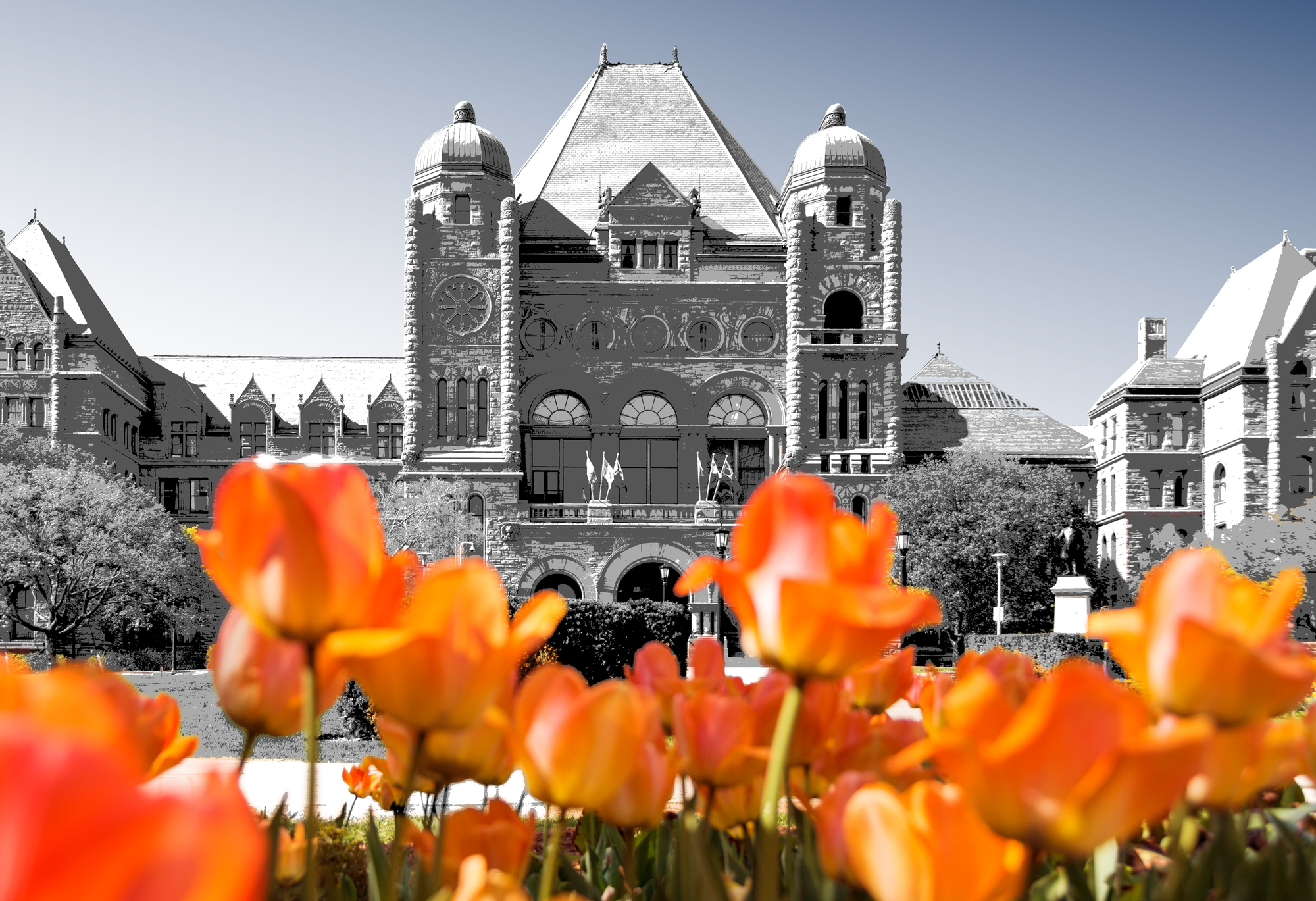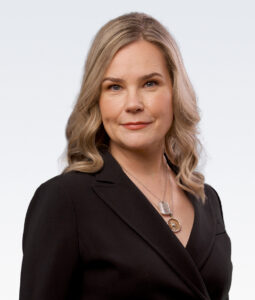Setting the scene
Premier Doug Ford and the Progressive Conservative Party of Ontario enter this fall session in a strong position, coming off their third majority win during the February 2025 snap election. This victory positioned Ford’s government to advance its economic and political agenda with relatively little delay in the legislature. Premier Ford’s government remains under public scrutiny due to the Greenbelt scandal, which is the subject of an ongoing RCMP criminal investigation, as well as recent allegations of mismanagement of the Skills Development Fund, and overreach into municipal issues such as bike lanes and speed cameras. The Premier has also dismissed grassroots criticism of the government for abandoning conservative principles and policies.
Premier Ford continues to be the most vocal advocate for stronger retaliatory measures amid the continued trade tensions with the US and President Donald Trump’s tariff regime. The Premier in recent weeks shifted from publicly being aligned with the Prime Minister and the actions of the federal government, to urging the PM to take a stronger stance, and not rely on the diplomatic approach that is currently guiding the federal response.
We are also seeing cracks in the united front the provinces showed through summer, with Premier Ford being steadfast in his support for the Ontario automotive sector as western premiers called for Ottawa to reverse the ban on Chinese EVs in Canada in hopes that China would reverse its tariffs on Canadian canola.
Opposition parties in the Ontario Legislature spent the summer trying to rebuild after both party leaders underwent leadership reviews following their mixed results in the election. Despite the Ontario NDP maintaining Official Opposition status, their leader, Marit Stiles, only received a 68% approval rating in a recent leadership review. Additionally, the Ontario Liberal Party recently regained official party status in the February 2025 election. However, their leader, Bonnie Crombie, resigned after losing her own seat and receiving only 57% support in a leadership review. There will be a Liberal leadership race in the upcoming months.
Priorities
The Ford government enters the Fall session with a focus on economic resilience, infrastructure expansion, and affordability, all framed under the broader strategy of “Protect Ontario” from the US tariffs and other external threats.
Priority legislation from the previous session is Bill 5, Protect Ontario by Unleashing our Economy Act, 2025 which was passed into law in June. Now the government must specify how the Act’s powers will be used, and which zones, projects and proponents should qualify for expedited approvals as “Special Economic Zones.” Eligibility criteria must balance economic objectives with concerns of environmental protection, transparency, democratic participation and Indigenous rights.
The government just announced their new One Project, One Process (1P1P) framework for expedited natural resource exploration and mine development projects. The 1P1P framework will cut government review timelines in half, increase jobs, and accelerate access to critical minerals. This process will be led by a Mine Authorization and Permitting Delivery Team acting as a single point of contact. The first designation is expected to be announced in the coming weeks.
Economic resilience
The Ford government launched a $5 billion Protect Ontario account to help shield workers and businesses from the impact of tariffs. Additionally, Premier Ford has committed to expanding the Ontario Made Manufacturing Investment Tax Credit, creating an Ontario Together Trade Fund to support supply chain reshoring and market diversification, and has pledged to invest strategically in critical minerals, shipbuilding, and auto modernization.
Healthcare and workforce development
Premier Ford has committed over $1 billion to connect every Ontarian to primary care by 2029, doing so by training new doctors and working to bring in more highly skilled health workers. Last week, it was announced the waitlist for a primary care provider on the website Health Care Connect had been reduced by half. Additionally, the government is working to support retraining and workforce mobility by dedicating $1 billion to the Skills Development Fund.
Next week the government will table legislation to support greater worker mobility across Canada by expanding “as of right” provisions for health-care workers licensed and credentialed in other provinces and territories and will move ahead with automatic credential recognition for doctors and nurses from across Canada.
Other
Affordability measures, trade and housing continue to be a priority for Ford’s government in the Fall session. The government remains committed to building 1.5 million homes by 2032 and has introduced the Building Ontario Fund to help invest in housing and infrastructure. As for infrastructure, it continues to be a cornerstone of this government’s agenda, with over $200 billion budgeted for the next 10 years. This includes investments in major projects such as highways, transit, hospitals, and schools. On the trade front, the Ford government is focused on abolishing internal trade barriers and creating good working relationships with other provinces throughout the country, building on the MOUs signed in the spring with a number of other premiers.
Transportation Minister Prabmeet Sakaria has also signalled that the government will table anti-speed camera legislation the within the first week of sitting.
Opposition watch
Ontario NDP
This summer’s Ontario NDP convention had party leader Marit Stiles in the hot seat as she faced her first leadership review since taking up the position in 2023. Leading up to her review, she spent the summer checking in with party members and engaging with communities on key issues during her “All In For Ontario” province-wide tour.
Stiles received 68% of the vote and will continue to lead the NDP, promising to make changes to how she would run the party’s next election campaign, to engagement and communications, and to focus on issues like jobs, health care, education, and the cost of living. After her review, two of her top staffers, chief of staff Greg Denton and principal secretary Stephanie Nakitsas, depart, signalling efforts in reworking the party’s strategy. The NDP’s Provincial Director Kevin Beaulieu also resigned following the convention and a search to replace him is currently underway. Jen Hassum—currently the executive director of the Broadbent Institute—will take over as Chief of Staff in the interim. Replacements for additional senior party staff positions have not yet been announced.
The Ontario NDP have been critical of Premier Ford’s “Captain Canada” playbook, pointing out that his focus should be on the people of Ontario, not stunts and photo-ops. Referencing rising unemployment in the province, the NDP has noted that Premier Ford’s strategy has failed to produce material results and has begun to ramp up their messaging on their cost-of-living programs, painting the party as a focused and grounded alternative to the out of touch Premier. One of the first things that party has done is launch dougfordsjobsdisaster.ca, focusing in on the Premier’s track record on protecting the jobs on Ontarians.
Expect the leader of the NDP and her caucus to focus this session on strengthening Ontario by protecting jobs, creating opportunity, and lowering costs for working people.
Ontario Liberal Party
The Ontario Liberal Party (OLP) leader’s job is up for grabs as Bonnie Crombie stepped down from the position after receiving a weak show of support at the party’s annual general meeting. She resigned after only securing 57% support. Initially, Crombie indicated that she would stay on as leader, worried that a new leadership race could cause greater instability and uncertainty in the party. However, she ultimately decided she will be stepping down after the party selects a new leader.
The upcoming leadership race — the party’s third since 2020 — offers another renewal opportunity for the embattled OLP. Since last holding power at Queen’s Park in 2018, the OLP has fallen to the third party with the fewest seats in the Legislature, having only regained official party status in the past winter election.
Though no one has yet officially indicated they will be running, some possible contenders for the top spot include Liberal MP Nate Erskine-Smith who placed second to Crombie in the most recent leadership campaign, Liberal MP Karina Gould, former Barrie mayor Jeff Lehman, Liberal MP Yvan Baker, Toronto city councillor Josh Matlow, as well as current OLP MPPs Rob Cerjanec, Stephanie Smyth, Lee Fairclough, and Ted Hsu. A timeline for the leadership campaign and election has not yet been announced by the party’s Leadership Vote Committee.
Learning from their election mistakes, we will likely continue to see the Liberals’ focus shift to affordability after their focus on health care was overshadowed by the Premier’s tough stance against American tariffs and as cost of living holds steady as the top issue for voters.
Legislation to keep and eye on
- Bill 46: Protect Ontario by Cutting Red Tape Act, 2025 – First Reading Ordered for Second Reading
- Bill 40: Protect Ontario by Securing Affordable Energy for Generations Act, 2025 – First Reading Ordered for Second Reading
- Bill 33: Supporting Children and Students Act, 2025 – Second Reading Debated
- Bill 27: Resource Management and Safety Act, 2025 – Second Reading Debated
- Bill 25: Emergency Management Modernization Act, 2025 – First Reading Ordered for Second Reading
- Bill 14: Support for Seniors and Caregivers Act, 2025 – First Reading Ordered for Second Reading
- Bill 9: Municipal Accountability Act, 2025 – Second Reading Consideration of a Bill
Key upcoming dates
- October 20 – Ontario Legislature resumes
- On or before November 15 – Fall Economic Statement
- January 30-February 1 – Ontario PC Convention
- TBD – Ontario Liberal leadership election








